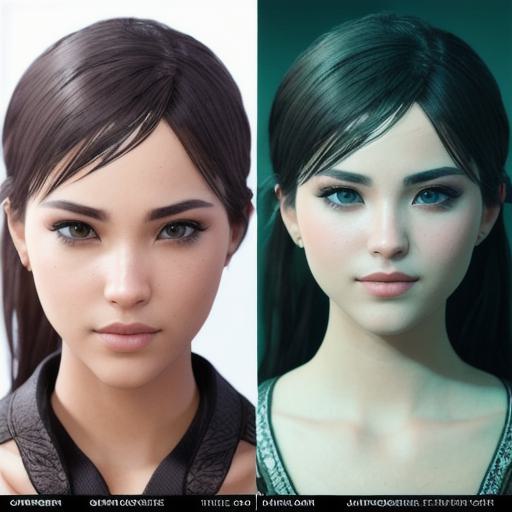When it comes to comparing the live action and anime adaptations of the popular manga series, One Piece, one cannot overlook the significant differences in their endings. In this response, we will discuss three striking disparities between these two versions.
1. Narrative Structure:
In the anime version, One Piece follows a more faithful adaptation of the original manga, with episodes usually sticking closely to the source material. As a result, the ending of the series retains the same narrative structure as its manga counterpart, with Monkey D. Luffy and his Straw Hat Pirates finally reaching the mysterious island, Raftel, to uncover the One Piece and put an end to the grand adventure.
On the other hand, the live action film adaptation, One Piece Film: Red, presents a unique narrative structure that deviates from the original manga. Instead of following Luffy’s journey to Raftel, the film concludes with Uta, a new character introduced exclusively for the movie, discovering her true identity and utilizing her song to bring peace to Wano Country.

2. Character Development:
Another noticeable difference between the anime and live action endings lies in the way characters are developed. The anime adaptation provides a more extensive exploration of each character’s growth and progression, making their eventual resolution to reach Raftel all the more rewarding for viewers.
In contrast, the live action film One Piece Film: Red focuses on Uta’s character development. Although other characters from the series make appearances, their roles are limited, resulting in a lesser emphasis on their individual arcs and development. This divergence in character focus ultimately leads to a distinct conclusion for each adaptation.
3. Visuals and Art Direction:
Lastly, the visuals and art direction of both endings significantly differ from one another. The anime ending adheres to its traditional 2D cel-shaded animation style, allowing viewers to immerse themselves in the fantastical world of One Piece while maintaining the authenticity of its characters and settings.
Conversely, the live action film’s conclusion is brought to life through practical effects, costumes, and makeup, giving the production a more tangible feel. The choice of real-life elements adds an extra layer of depth to the world of One Piece and results in a visually striking end to the movie.
In summary, while both the anime and live action versions of One Piece share common themes and characters, their endings offer unique differences in narrative structure, character development, and visual presentation. Regardless of preference, these variations add to the richness and diversity of the beloved One Piece franchise.
